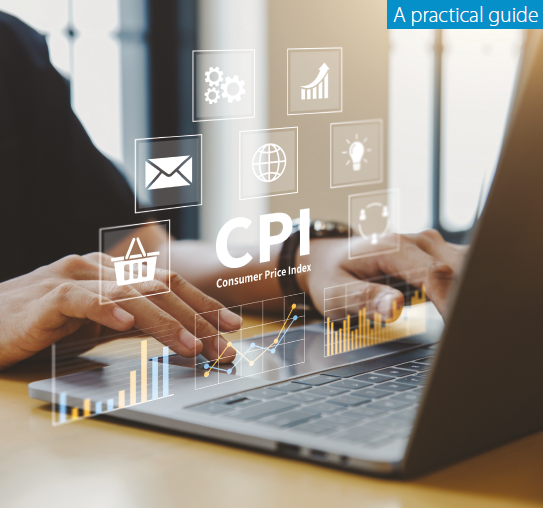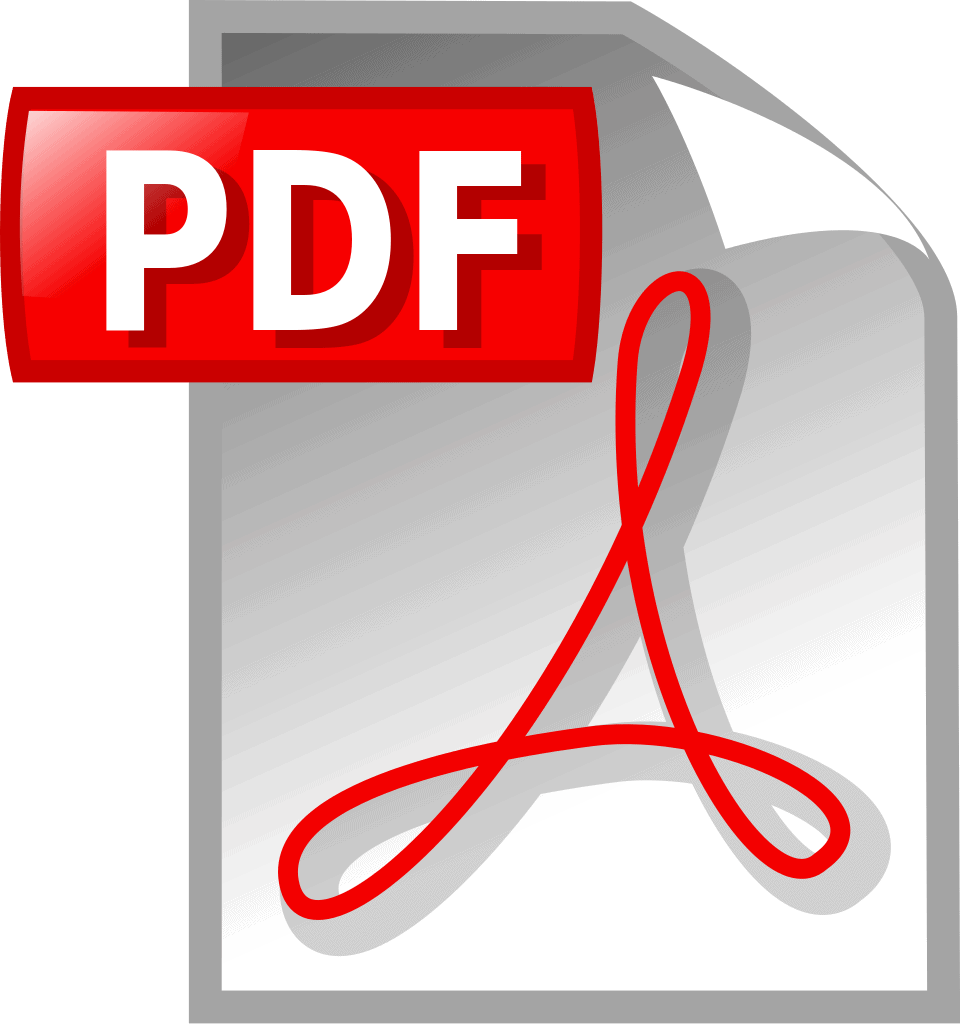Chapter 1 Introduction
1.1 Background
1.1 The Consumer Price Index (CPI) is a vital economic indicator that serves as an important measure of inflation, helping to understand changes in the cost of living over time. By tracking the prices of a representative basket of goods and services purchased by households, the CPI provides a comprehensive measure of price level changes in the economy. Understanding these price movements is crucial for a wide range of stakeholders, including policymakers, businesses and consumers.
1.2 Given the critical role of the CPI in economic analysis and decision-making, it is essential that the methods used to compile it are continuously reviewed and improved. The economic landscape is constantly evolving, with new products, services and consumption trends emerging. Consequently, the CPI must evolve to reflect current market conditions accurately.
1.3 Regular reviews ensure that the CPI remains relevant and reliable. Methodological improvements enhance the accuracy of data collection, index compilation and analysis, leading to a more precise measurement of inflation. By incorporating advancements in statistical techniques and more recently, technology, the CPI can better capture price changes and provide more meaningful insights. These methods and techniques are covered comprehensively in the Consumer Price Index Manual: Concepts and Methods, 2020 (hereafter referred to as the CPI Manual), along with research and best practices set out by the Expert Group on Consumer Price Indices and the Ottawa Group on Price Indices.
1.4 Beyond methodological improvements, regular maintenance of the CPI basket and classification systems can help the CPI remain fit for purpose, representative and aid the comparability of CPIs from different countries. The process of updating the basket of goods and services used in CPI compilation is a well-established and documented procedure that many National Statistical Offices (NSOs) are familiar with. However, changes to classifications, whether that is goods and services or geographical, in the CPI are more infrequent and as a result, there is less experience and guidance with which NSOs can implement the change with confidence.
1.5 A significant revision to a classification used in CPI compilation can require a great deal of planning and resources to implement. In many instances, there will be a need for coordination across other statistics produced within an NSO, along with potential updates to compilation systems that underpin these statistics. Updated classifications can lead to changes in how the CPI is compiled and aggregated potentially leading to discontinuities with previously published indexes. Given the potential impact of an updated classification, the planning and communication of such an exercise is of paramount importance.
1.2 Purpose of the Guide
1.6 The purpose of this Guide is to provide recommendations on the most suitable methods and practices with which a change in classification can be implemented in the CPI. Given the significant update of the Classification of Individual Consumption according to Purpose (COICOP) in 2018, the Guide will naturally focus on this. However, the methods and practices presented apply equally well where other classifications are used.
1.7 The material presented in this Guide is consistent with the recommendations of the CPI Manual. The Guide complements the CPI Manual, in particular, chapter 2 (uses, concepts, scope and classifications of CPI) and chapter 9 (updating CPI weights and linking new to previous CPI series) by presenting additional and more detailed guidance and examples of good practice for implementing new classifications in CPI. Users should continue to refer to the CPI Manual as the definitive source for all CPI compilation guidance. Where possible, the Guide presents case studies and examples to illustrate methods and practices in changing the classification of goods and services in the CPI.
1.3 Classification of goods and services in the CPI
1.8 “Classifications group and organize information meaningfully and systematically into a standard format that is useful for determining the similarity of ideas, events, objects or persons. The preparation of a classification means the creation of an exhaustive and structured set of mutually exclusive and well-described categories, often presented as a hierarchy that is reflected by the numeric or alphabetical codes assigned to them.” (Hoffmann, E., M. Chamie, 1999). The classification plays a crucial role in the accurate and effective compilation of the CPI by providing a structure for consistent categorization, aggregation and weighting of goods and services. The classification is also important in defining the stratification of products in the sampling frame and dictating the level of detail that NSOs can disseminate to users.
1.9 The CPI aims to measure the price development of goods and services purchased by households for final consumption. The classification divides the individual goods and services in the scope of the CPI into mutually exclusive and exhaustive groups of like-kind goods and services according to their characteristics or use. Using the classification, the goods and services are aggregated into still broader groups of consumption products, up to the overall CPI encompassing all products within the scope of the CPI.
1.10 An up-to-date classification of goods and services that reflects the prevailing consumption patterns is vital to ensure that the CPI remains a relevant and reliable indicator of inflation. Because of the continual emergence of new products and old products leaving the market, inevitably the classification of goods and services will have to be updated to remain relevant. The need for an update can also be caused by changing user demands for price information on new or changed groups of goods and services.
1.11 COICOP is maintained by the United Nations Statistics Division (UNSD). It is available on the UNSD website Classifications on economic statistics. The classification was revised in 2018 to reflect changes in household consumption patterns, along with the emergence of new goods and services since the previous 1999 version (COICOP99). This updated classification, referred to as COICOP18, is now being implemented by many NSOs in their respective CPIs, which has been a stimulus for this Guide. Ensuring that classifications are current and reflect the prevailing economic situation is vital to ensure that the CPI remains an accurate and reliable indicator of inflation.
1.12 The main differences between COICOP99 and COICOP18 are centred around updates that reflect market changes, consumer behaviour, and the need for improved statistical accuracy. These updates are designed to ensure that COICOP remains relevant for classifying individual consumption according to purpose, reflecting the evolution of consumer spending over time (CPI Manual, 2.204-2.209). During the transition from COICOP99 to COICOP18, National Statistical Offices (NSOs) should pay special attention to specific changes. These include recording the costs of goods delivery, updating the structure of Division 06 (Health), restructuring between Division 08 (Information and Communication) and Division 09 (Recreation, Sport and Culture), split of Division 12 into Divisions 12 and 13, and renamed divisions.
1.13 A correspondence table between COICOP99 and COICOP18 is available on the UNSD website Classifications on economic statistics. The table links the categories of the two versions and facilitates the changeover from COICOP99 to COICOP18.
1.14 Some countries apply national or regional variations of classifications that differ from COICOP. These will usually have a different grouping and aggregation of goods and services but may be consistent with COICOP at some level of aggregation. With some adjustments, some national or regional classifications can be made comparable with COICOP at higher levels of aggregation.
1.15 It is worth reiterating that other classification systems can be used in the compilation of the CPI, with a regional classification being the most notable. A regional classification divides a country into different geographic areas. This allows the CPI to reflect regional variations in price changes, which can be significant due to differences in local economic conditions, consumer preferences and market structures. The material presented in this Guide will be equally applicable to a change in regional classification.
1.4 Overview of chapters
1.16 This Guide consists of four chapters aimed at providing CPI compilers with an understanding of the organisation and work required to implement an update in the classification system used in the compilation of the CPI.
1.17 Chapter 2 Planning and coordination provides an explanation of the logical sequencing of work needed to successfully prepare the implementation of a new classification. It explains the importance of coordinating the work with other related statistics, such as household budget surveys or national accounts where these are used for weighting the CPI and ensuring all aspects of CPI compilation such as software and compilation systems, are considered. This chapter will help NSOs with the planning needed to manage a classification update, which is an important first step to ensure resources are available to meet implementation deadlines.
1.18 Chapter 3 Implementation of a new classification of goods and services presents key practices for implementation of a new classification. Firstly, it considers the comparison between the old and new classifications with a focus on COICOP18 and the correspondence table between COICOP99 and COICOP18. Secondly, it discusses the redistribution of existing elementary aggregates according to the new classification. Thirdly, it gives guidance on reviewing the sample of goods and services and the aggregation of goods and services into broader groups using available expenditure data.
1.19 Chapter 4, linking old and new index series, considers the need to introduce classification changes within the constraints of standard price index practice. This chapter discusses the main approaches that can be used to compile coherent time series across a change in classification, how new levels of detail may be introduced into the calculation of the CPI and how to manage or avoid discontinuity in time series. The update and introduction of new index weights to reflect a new classification are also discussed, along with further consideration of the best operational approach needed for NSOs to successfully introduce new classifications.
1.20 Chapter 5 Communication gives guidance on consultation with stakeholders and user groups in advance of the implementation of changes in the classification of goods and services. It gives guidance on the communication, dissemination and documentation to users to support the correct interpretation and use of the CPI in case of classification changes. The chapter provides examples of communication with user groups (experts and non-experts), which may be adapted to suit national circumstances.



